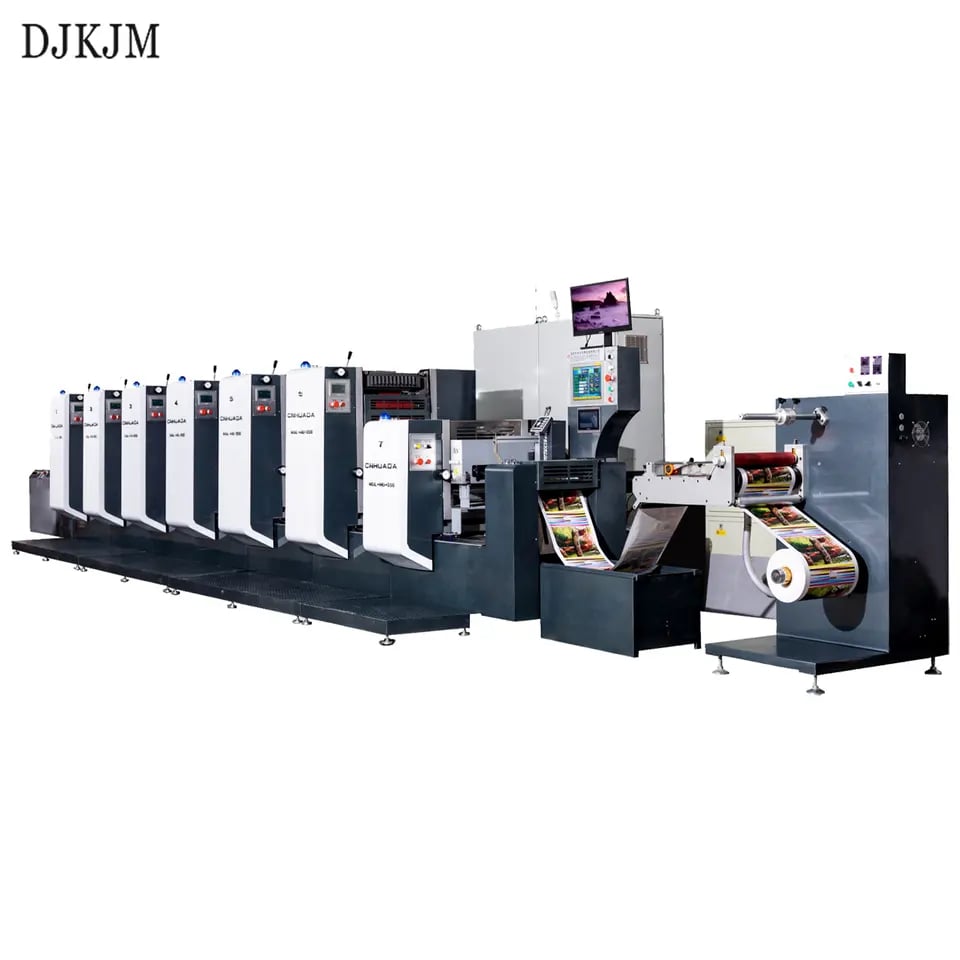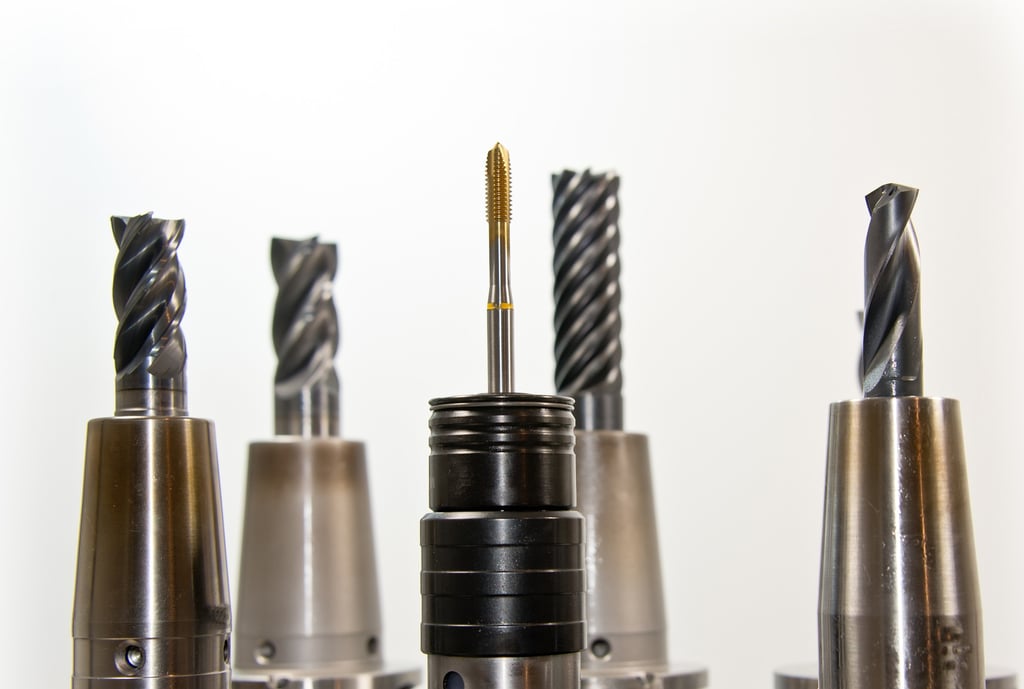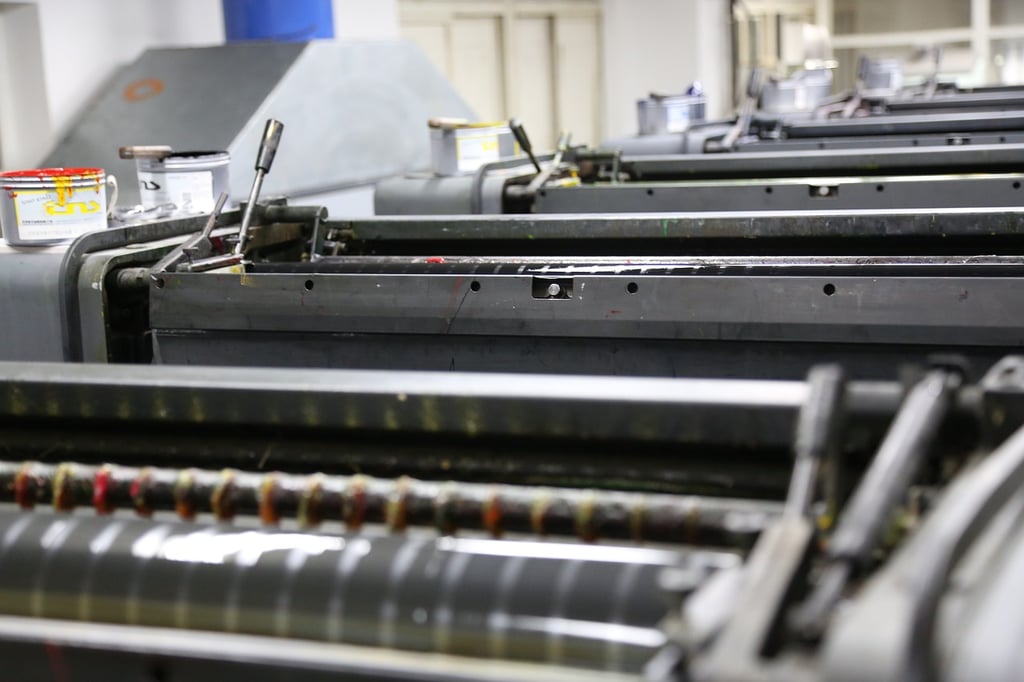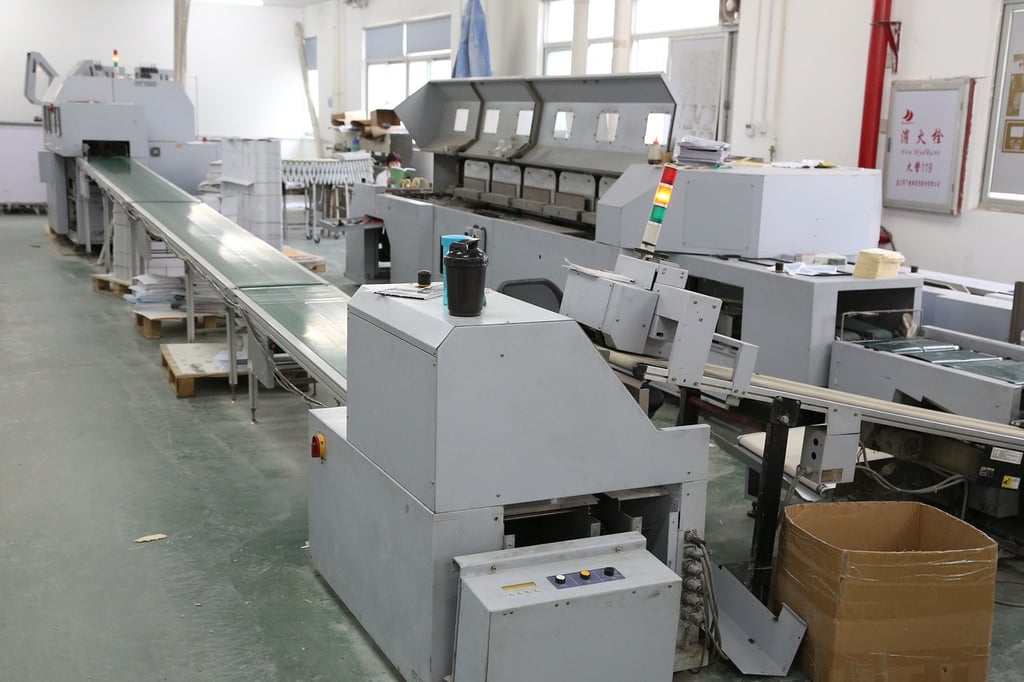An Introduction to Offset Printing Machines
Offset printing is a widely used printing technique that delivers high-quality results for various printing projects. At the heart of this printing process lies the offset printing machine, a sophisticated piece of equipment that enables the production of large volumes of printed materials efficiently and cost-effectively. In this article, we will explore the different aspects of an offset printing machine and how it works.
The Functionality of an Offset Printing Machine
An offset printing machine is designed to transfer ink from a plate to a rubber blanket and then onto the printing surface. It operates on the principle that oil and water do not mix, utilizing this property to create precise and vibrant prints. This type of printing is ideal for large-scale projects such as newspapers, magazines, brochures, and posters.
The machine consists of several key components, including a feeder, plate cylinder, blanket cylinder, and impression cylinder. Each component plays a crucial role in the printing process, ensuring accurate reproduction of the original design.
The Printing Process
Before the printing process begins, the design to be printed is transferred onto a thin metal plate, typically made of aluminum. This plate is then mounted onto the plate cylinder of the offset printing machine.
Once the machine is set up, the feeder starts to feed individual sheets or rolls of paper into the machine. As the paper passes through the machine, the plate cylinder applies the ink to the plate, while water is simultaneously applied to keep the non-printing areas clean.
The inked image on the plate is then transferred to the rubber blanket cylinder, which in turn transfers the image onto the paper as it passes through the impression cylinder. This indirect transfer of the image from the plate to the paper is what gives offset printing its name.
Advantages of Offset Printing Machines
Offset printing machines offer several advantages over other printing methods. Firstly, they excel in producing high-quality and consistent prints, thanks to their ability to maintain precise ink and water balance. This consistency is crucial for achieving accurate color reproduction and sharp details.
Secondly, offset printing machines are ideal for large print runs. They can handle high volumes of printing efficiently, making them a cost-effective option for businesses and publishers. Additionally, the setup time for offset printing machines is relatively quick, allowing for faster production turnaround times.
Furthermore, offset printing machines can accommodate a wide range of paper sizes and thicknesses, providing flexibility for various printing needs. Whether it's a small postcard or a large poster, these machines can handle the task with ease.
Conclusion
Offset printing machines play a vital role in the printing industry, enabling the mass production of high-quality printed materials. Their versatility, efficiency, and ability to deliver consistent results make them a popular choice for businesses and publishers alike. Understanding the functionality and advantages of offset printing machines sheds light on why they are an essential tool in the world of printing.




